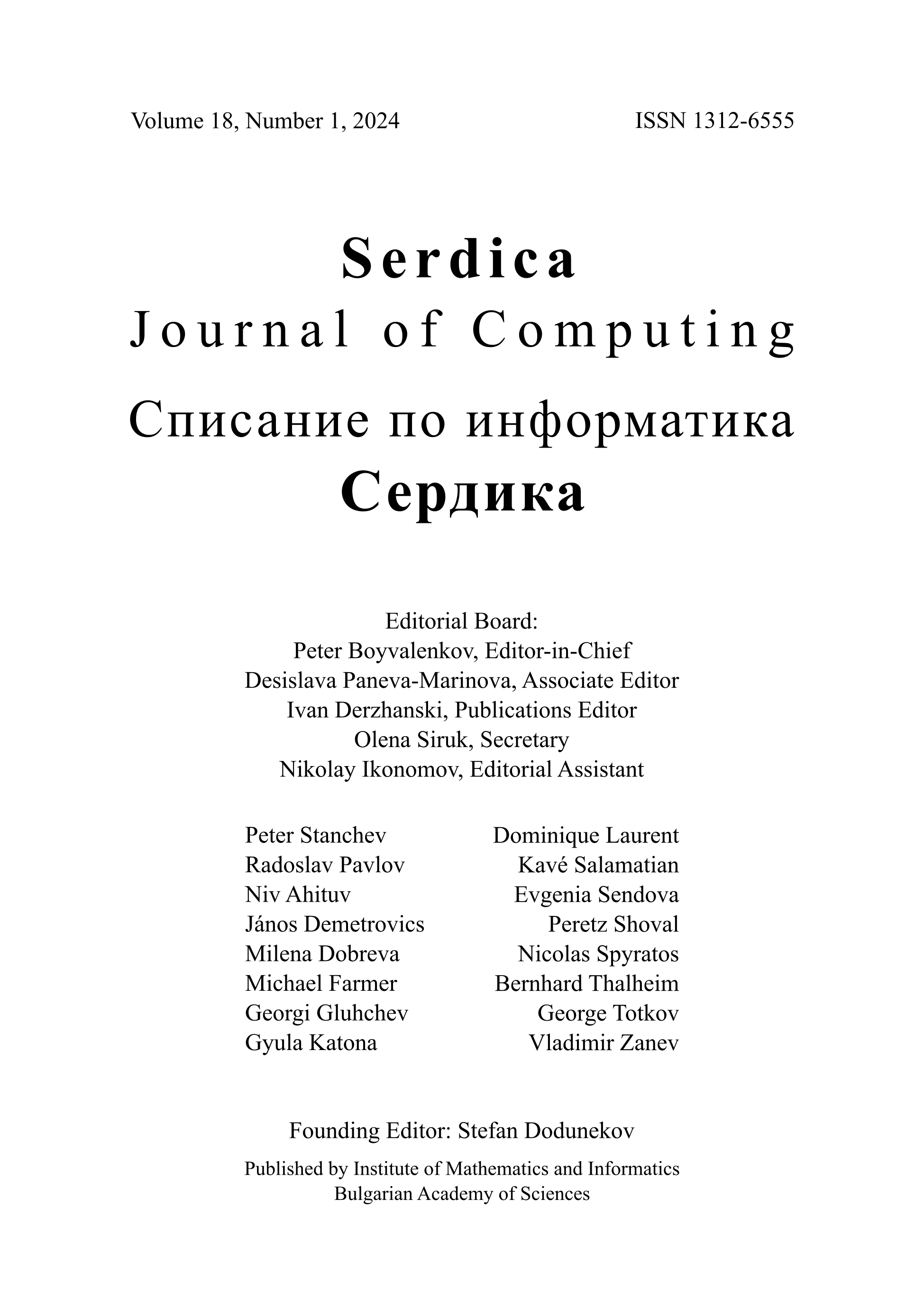Quasilinear Structures in Stochastic Arithmetic and their Application
DOI:
https://doi.org/10.55630/sjc.2016.10.1-12Keywords:
validation of numerical software, stochastic arithmetic, linear algebra, imprecise data, CESTAC method, scientific computingAbstract
Stochastic arithmetic has been developed as a model for computing
with imprecise numbers. In this model, numbers are represented
by independent Gaussian variables with known mean value and standard
deviation and are called stochastic numbers.
The algebraic properties of stochastic numbers have already been studied by
several authors. Anyhow, in most life problems the variables are not independent
and a direct application of the model to estimate the standard deviation on
the result of a numerical computation may lead to some overestimation of
the correct value.
In this work “quasilinear” algebraic structures based on standard stochastic arithmetic
are studied and, from pure abstract algebraic considerations, new arithmetic operations
called “inner stochastic addition and subtraction” are introduced.
They appear to be stochastic analogues to the inner interval addition and subtraction
used in interval arithmetic. The algebraic properties of these operations and
the involved algebraic structures are then studied.
Finally, the connection of these inner operations to the correlation coefficient of
the variables is developed and it is shown that they allow the computation with
non-independent variables. The corresponding methodology for the practical
application of the new structures in relation to problems analogous to “dependency problems”
in interval arithmetic is given and some numerical experiments showing the interest of
these new operations are presented.
ACM Computing Classification System (1998): D.2.4, G.3, G.4.

